Stunning Images Of All Planets By NASA Will Leave You Amazed- See Pics
Our solar system comprises of 8 planets of which 4 are rocky worlds, 2 are complex gas giants and 2 are distant ice giants.
Mercury
)
This colorful view of Mercury was produced by using images from the color base map imaging campaign during MESSENGER's primary mission.
(Image credit NASA)
Venus
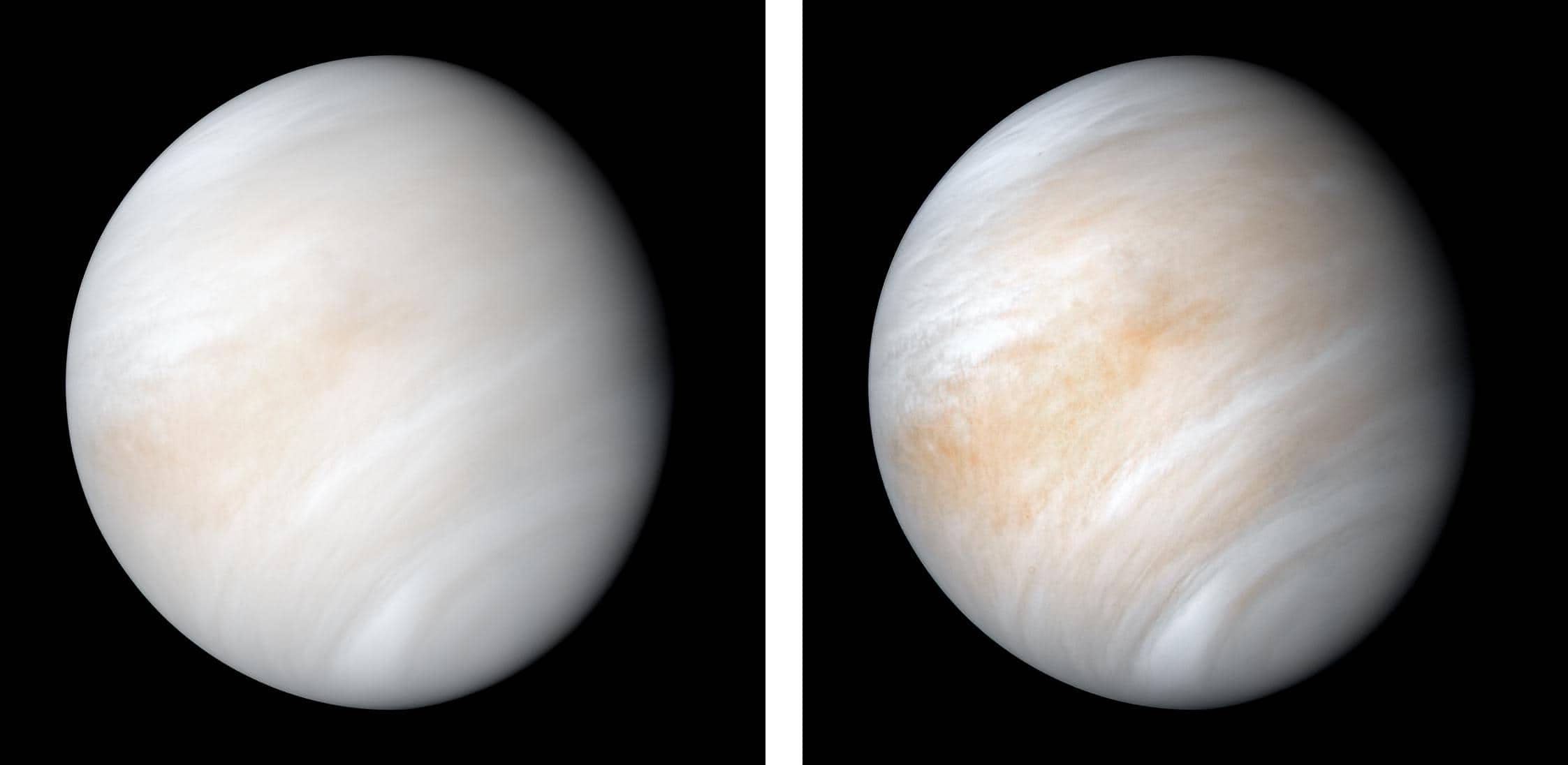
This scenic view of Venus was captured by NASA's Mariner 10 spacecraft in which the planet is wrapped in a dense, global cloud layer however, in reality the planet is a world of intense heat and clouds of corrosive acid.
(Image credit NASA)
Earth
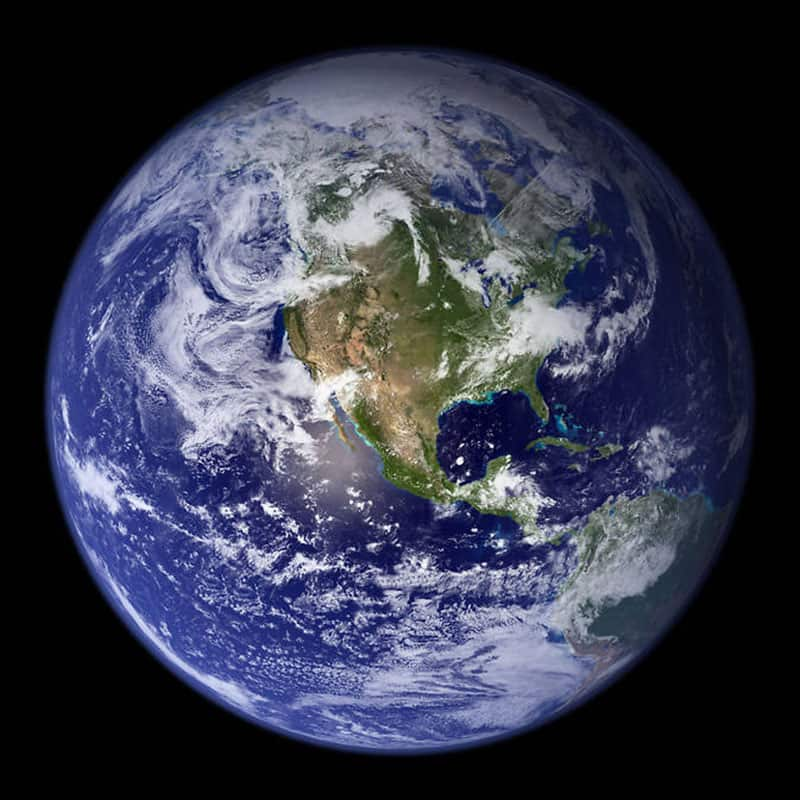
Photograph maned as "Blue Marble 2002" is an integration of strips of brand new data, in natural color, collected over four months from the Moderate Resolution Imaging Spectroradiometer, or MODIS, instrument aboard Terra by NASA scientists and visualizers.
(Image credit NASA)
Mars
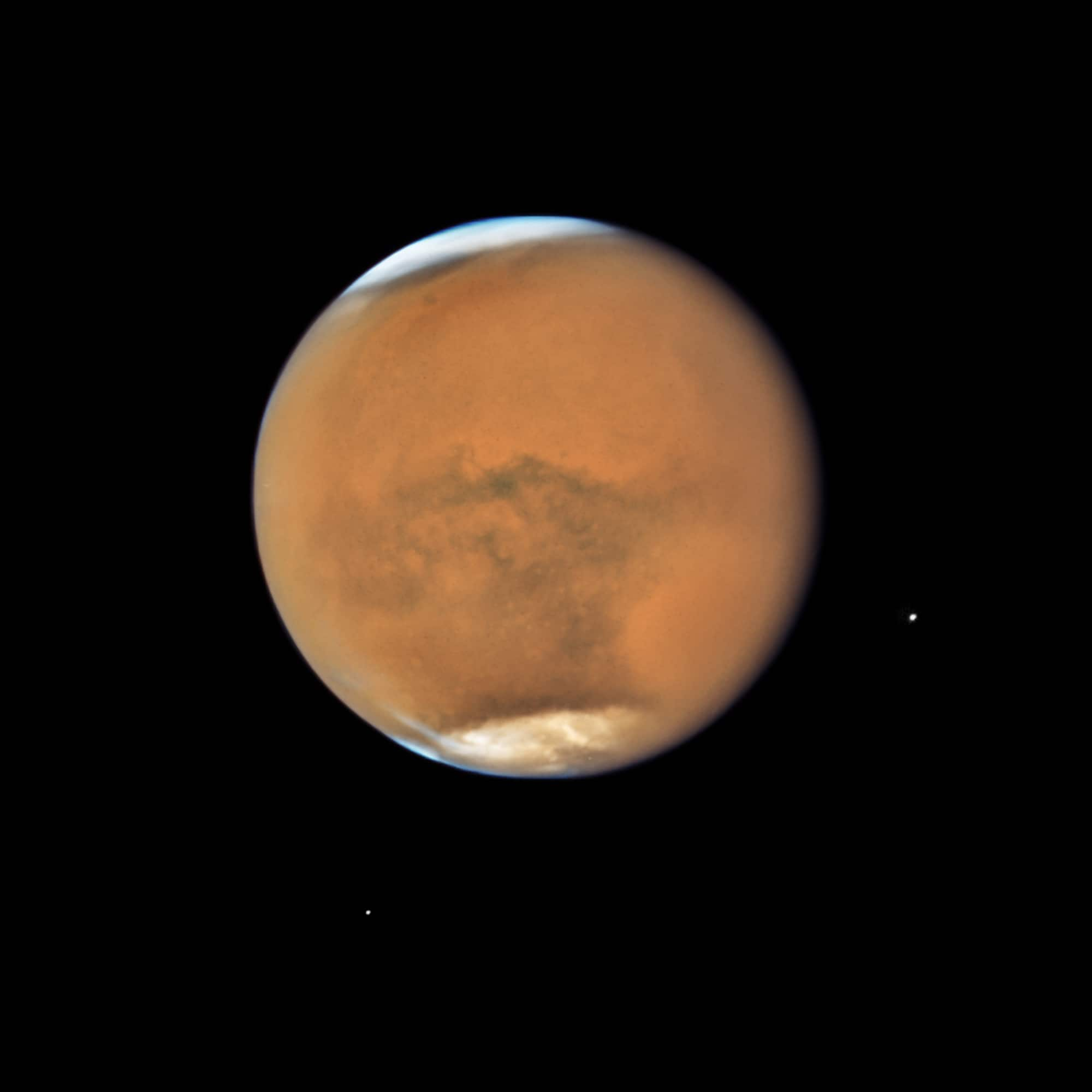
This photograph was captured by NASA’s Hubble Space Telescope photographed on July 18, 2018. It’s springtime in Mars’ southern hemisphere, where a dust storm erupted and ballooned into a global event that is now blanketing the entire planet.
(Image credit NASA)
Jupiter
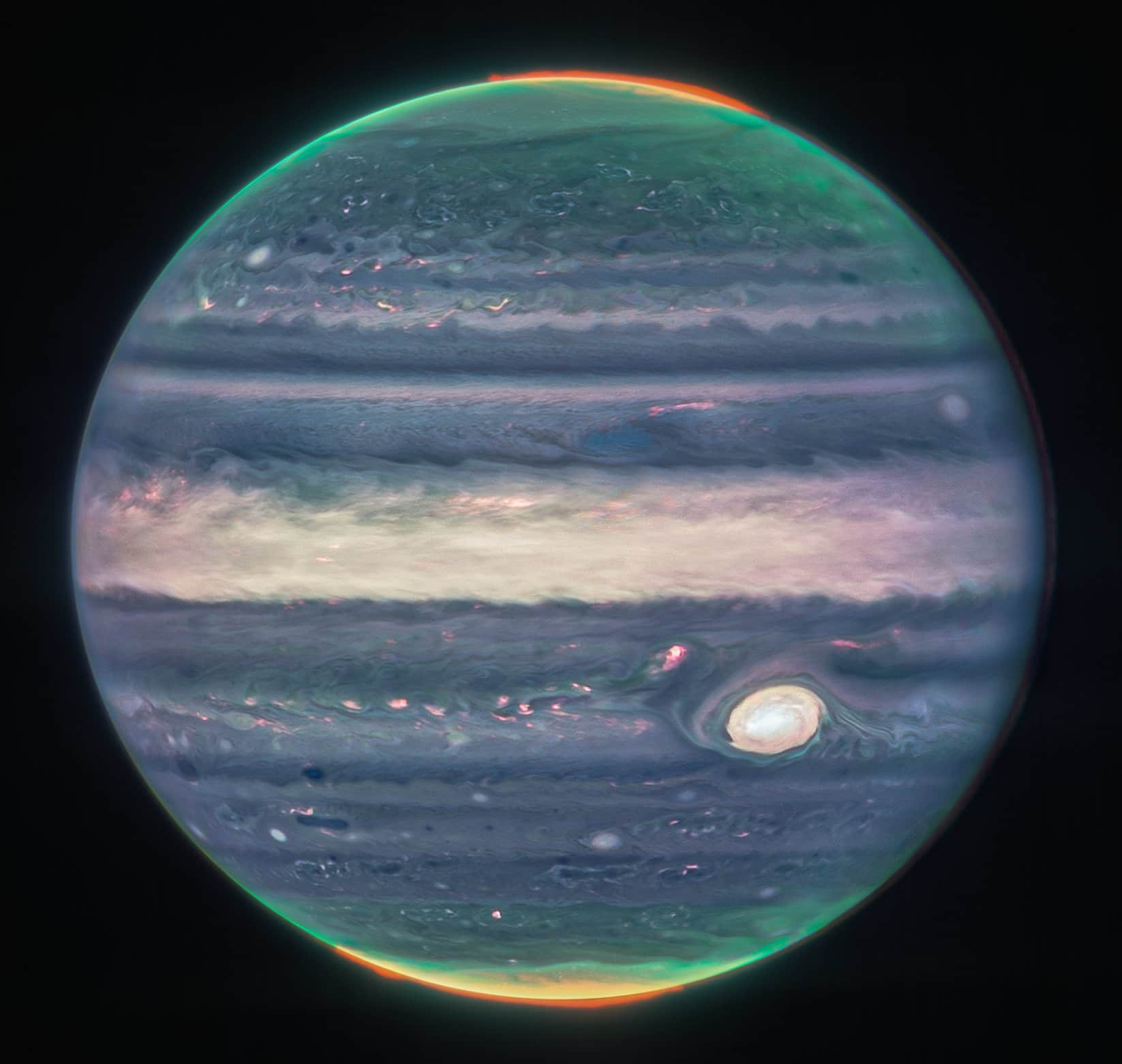
The Great Red Spot on the giant planet of Jupiter is a centuries-old storm bigger than Earth.
(Image credit NASA)
Saturn
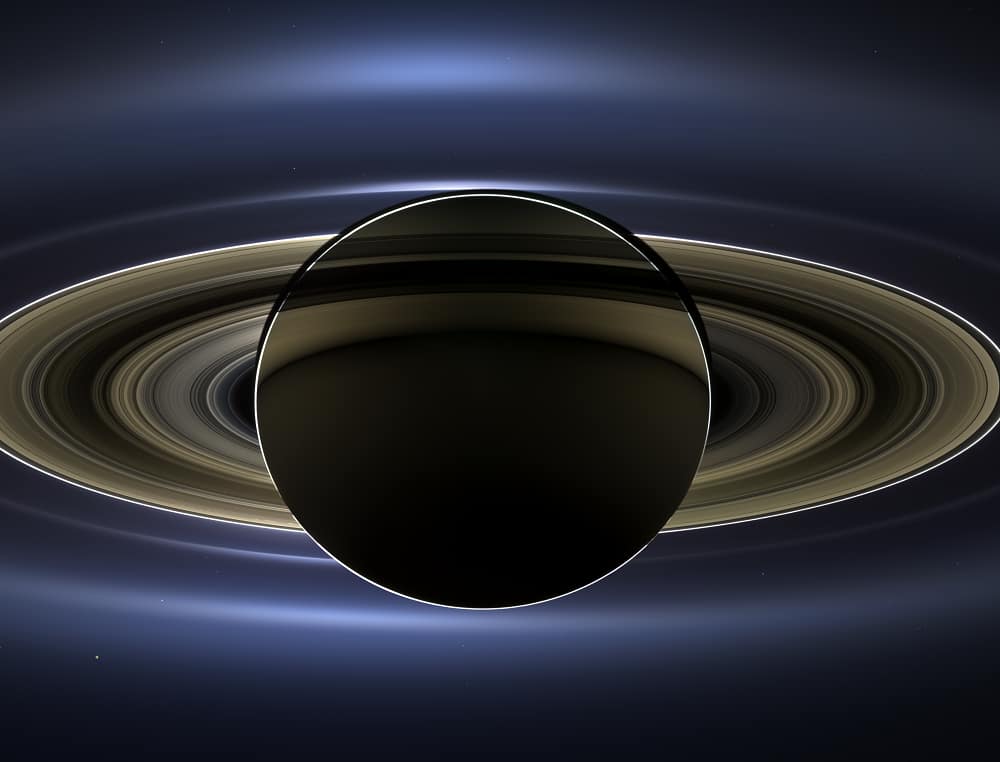
The picture was captured by NASA's Cassini spacecraft that slipped into Saturn's shadow in 2013 and turned to image the planet, seven of its moons, its inner rings -- and, in the background, our home planet, Earth.
(Image credit NASA)
Uranus

Uranus is the seventh planet from the Sun, and has the third-largest diameter in our solar system.
(Image credit NASA)
Neptune
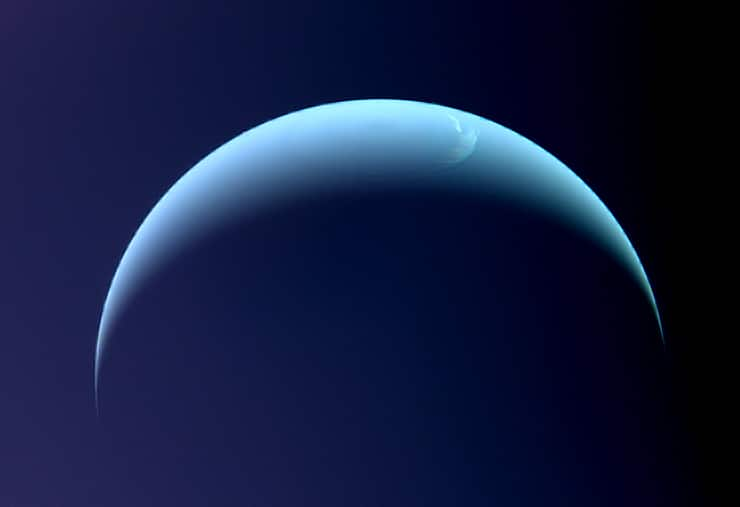
The distant most planet orbiting our Sun is dark, cold and whipped by supersonic winds.
(Image credit NASA)
Trending Photos








